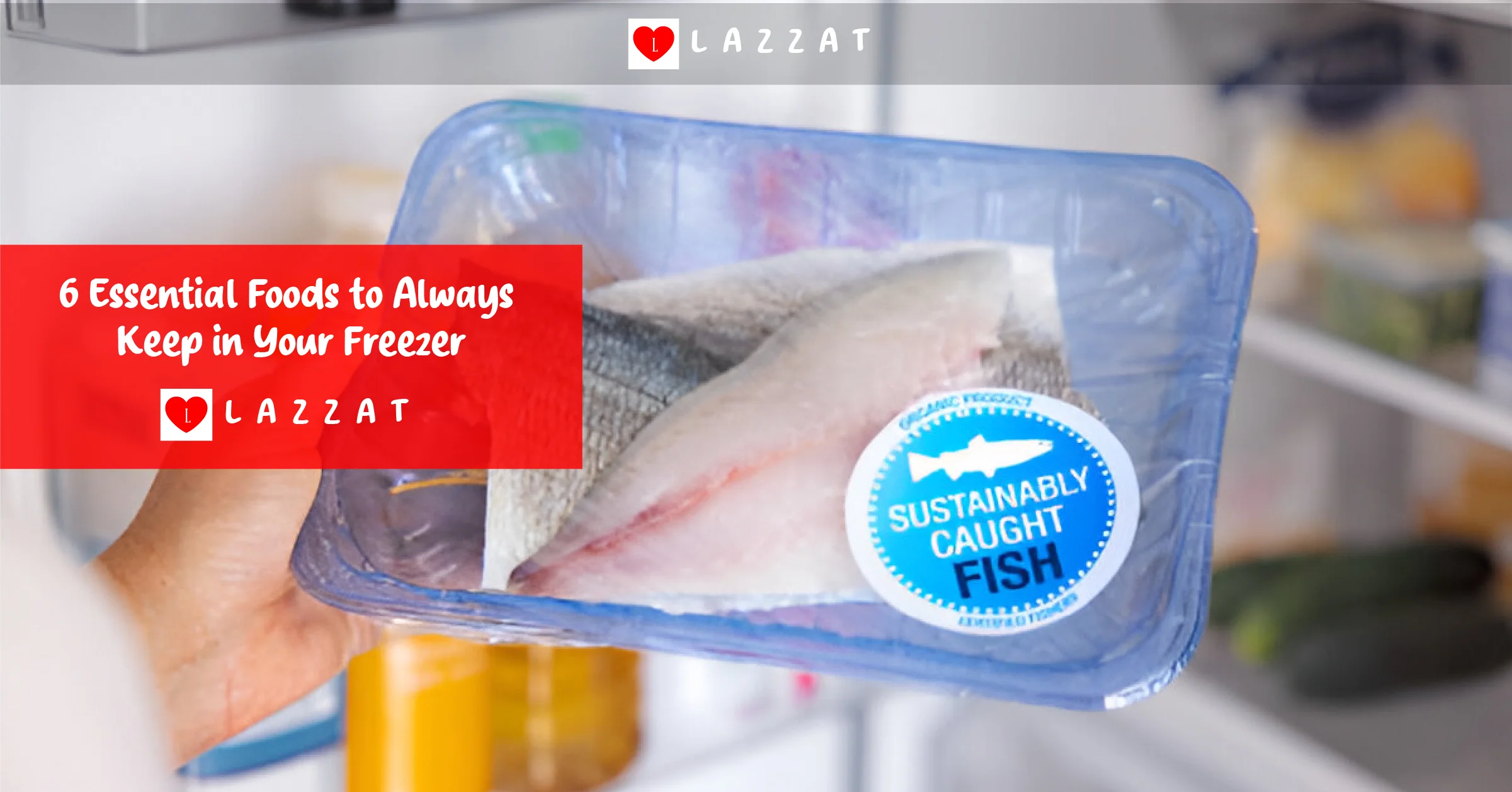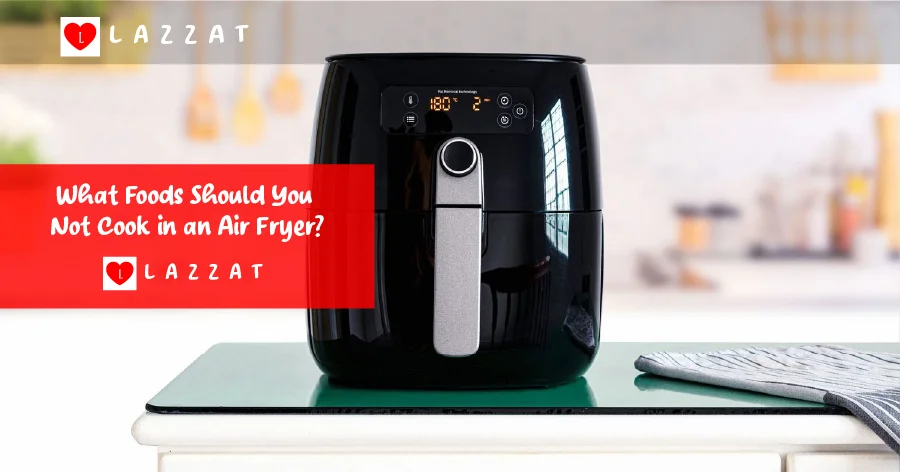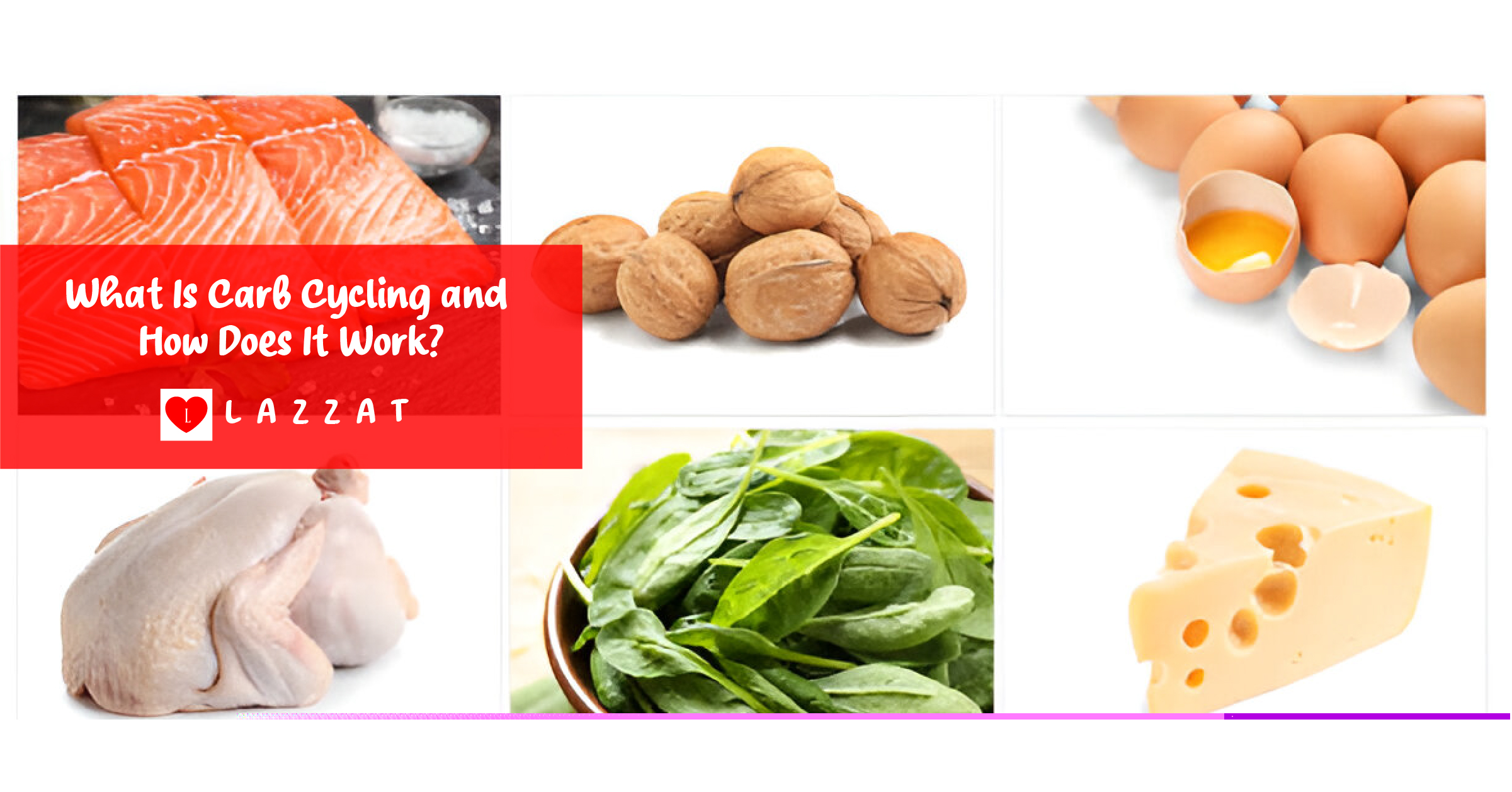Starting to make your kitchen healthier and more sustainable is a great first step. This article will show you seven ways to make your kitchen safe and waste-free. You’ll learn about using eco-friendly materials and being mindful of what you consume.
These steps will help keep you and your family healthy. They also support a greener future. You’ll be inspired to change your kitchen’s impact. This will lead you to an eco-friendly kitchen, sustainable living, and a zero-waste kitchen.
Table of Contents
Understanding the Impact of Toxic Materials in Your Kitchen
Creating a greener, healthier home starts with knowing the dangers in your kitchen. It’s about choosing non-toxic cooking essentials and chemical-free products. This knowledge helps you make better choices for a green home.
Common Sources of Kitchen Toxins
Kitchens can hide many toxins, from harsh cleaners to contaminated cookware. Here are some common ones:
- Synthetic detergents and cleaning solutions
- Non-stick coatings on pots and pans
- Plastic food storage containers and wrap
- Pesticide-treated produce and non-organic foods
Health Risks Associated with Kitchen Chemicals
Being around these toxins can harm your health. Long-term exposure to kitchen chemicals can lead to:
- Respiratory problems, including asthma and lung irritation
- Hormone disruption and endocrine system imbalances
- Increased risk of certain cancers
- Skin irritation and allergic reactions
Environmental Impact of Kitchen Waste
Kitchen waste affects more than just your home. Bad disposal of chemicals, packaging, and food can pollute the air, soil, and water. This harms local ecosystems and global issues. Using sustainable practices and chemical-free products can reduce your kitchen’s environmental impact.
Essential Steps to Create an Eco-Friendly Kitchen Space
Turning your kitchen into an eco-friendly space is a rewarding journey. It’s a step towards living sustainably. By following a few key steps, you can make a green home that’s good for the planet and improves your life. Let’s look at how to make an eco-friendly kitchen that fits your values.
Energy-Efficient Appliances
Energy-efficient appliances are key to an eco-friendly kitchen. Choose appliances with the ENERGY STAR label. They use less energy and water. This saves you money and helps the environment.
Water Conservation Measures
Water-saving steps are important for a sustainable living kitchen. Use low-flow faucets and showerheads. Consider a greywater system for irrigation or toilet flushing. These actions greatly reduce water use and help local water resources.
Sustainable Materials
Choose sustainable materials for kitchen updates. Opt for bamboo, reclaimed wood, or recycled glass. These materials look great and help manage resources responsibly, reducing waste.
Composting and Recycling
Adopt a zero-waste approach in your eco-friendly kitchen. Use a countertop compost bin for food scraps. Have recycling bins for paper, glass, and metal. These actions help the environment and support a circular economy.
By following these steps, your kitchen can become a center of sustainable living. It will be a place where caring for the environment is part of daily life. Start your journey to a green home and see the good it does for you and the planet.
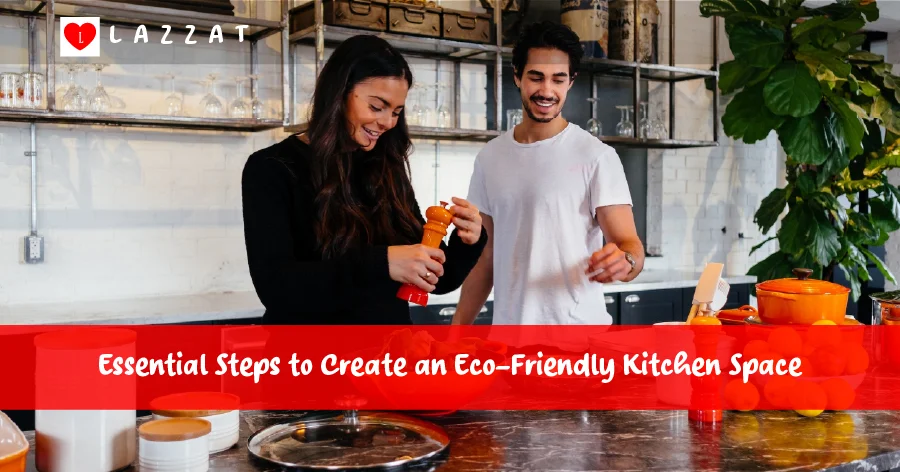
Switching to Non-Toxic Cookware and Food Storage
Creating a greener and non-toxic kitchen starts with your cookware and food storage. Choosing the right materials is key for your health and the planet.
Safe Cookware Materials Guide
For non-toxic cooking, the cookware material is crucial. Go for chemical-free products like cast iron, ceramic, or stainless steel. These materials are durable and safe, unlike old non-stick coatings.
Glass and Stainless Steel Storage Solutions
Switching to plastic-free kitchen storage is vital. Choose high-quality glass or stainless steel for food storage. These are not only good-looking but also eco-friendly, as they can be reused and recycled.
Avoiding Plastic Containers
- Use plastic containers less, as they can leak chemicals into your food, especially when hot.
- Choose non-toxic cooking and storage that’s BPA-free and safer.
- Look into glass, stainless steel, or silicone for a plastic-free kitchen.
Switching to non-toxic cookware and storage makes your kitchen healthier and greener for everyone.
Natural Cleaning Solutions for a Chemical-Free Kitchen
Making your kitchen chemical-free is key to a green home. Using natural cleaning solutions is a great way to do this. These chemical-free products remove harmful toxins and make your home healthier and greener.
Homemade cleaning solutions save money and work well. Here are some easy recipes to start with:
- All-Purpose Cleaner: Mix equal parts white vinegar and water in a spray bottle. Add a few drops of essential oils, like lemon or lavender, for a nice smell.
- Stove-Top Cleaner: Sprinkle baking soda on the stove, then spray with undiluted white vinegar. Let it sit for a few minutes before wiping clean.
- Sink Scrub: Make a paste with baking soda and water, then gently scrub the sink. Rinse with warm water.
There are also many natural cleaning products available. Choose brands that use plant-based ingredients and avoid harsh chemicals like bleach and ammonia.
| Natural Cleaning Product | Key Ingredients | Applications |
|---|---|---|
| Castile Soap | Olive oil, essential oils | All-purpose cleaning, dishes, floors |
| Hydrogen Peroxide | Oxidizing agent | Disinfecting, stain removal |
| Citrus-Based Cleaners | Citrus extracts, essential oils | Degreasing, surface cleaning |
Using these chemical-free products and homemade solutions makes your eco-friendly kitchen healthier and more sustainable. It’s good for you and your family.
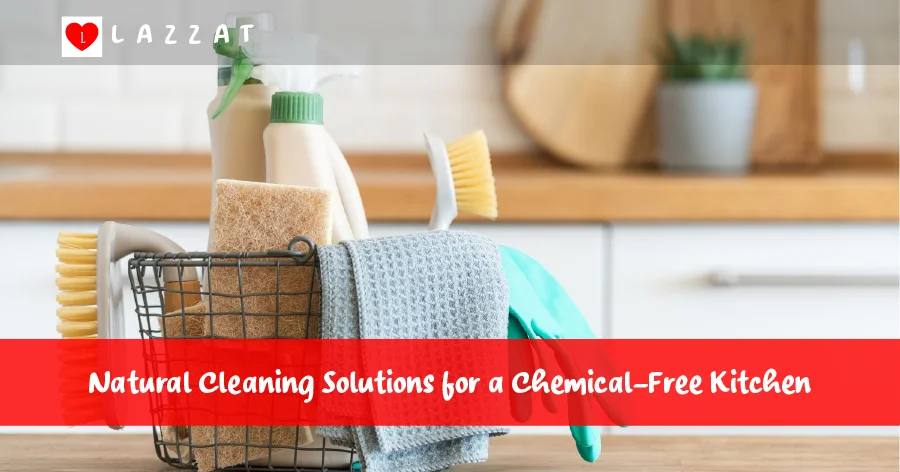
Sustainable Food Storage and Preservation Methods
In your quest for a zero-waste kitchen and sustainable living, how you store and preserve food is key. There are many plastic-free options and zero-waste techniques. They help reduce your environmental footprint and keep food fresh.
Plastic-Free Food Storage Options
Get rid of plastic and try glass jars, stainless steel containers, and reusable silicone bags. These alternatives don’t use plastic and don’t leach harmful chemicals into your food. Glass is a top pick because it’s non-porous, easy to clean, and works for both dry and wet ingredients.
Zero-Waste Food Preservation Techniques
- Fermentation: Fermented foods like sauerkraut, kimchi, and pickles last long and are full of probiotics.
- Dehydration: Dry fruits, vegetables, and herbs with a dehydrator or oven. This makes snacks and ingredients that last longer.
- Canning: Learn to use a water bath or pressure canning. It keeps your produce fresh and makes shelf-stable foods.
Composting Kitchen Scraps
To fully embrace sustainable living, compost your kitchen scraps. Use fruit and vegetable peels, coffee grounds, and eggshells. These turn into a valuable soil amendment for your garden or houseplants. Composting reduces waste and enriches soil, helping plants grow well.
By using these plastic-free, zero-waste, and composting methods, you’re on your way to a sustainable kitchen. It reflects your values of reducing waste and environmental impact.
Mindful Shopping: Reducing Packaging Waste
In your journey towards a zero-waste kitchen and a greener lifestyle, mindful shopping is key. By choosing wisely, you can cut down on packaging waste. This waste harms our landfills and oceans.
One smart move is to buy in bulk. Go to your local grocery’s bulk section. Fill up on grains, nuts, and spices with your own containers. This cuts down on waste and helps you avoid overbuying.
- Invest in high-quality, durable reusable bags and containers for bulk purchases.
- Choose products with little or recyclable packaging, like glass jars or paper.
- Steer clear of single-use plastics like water bottles and disposable utensils. Choose reusable ones instead.
Supporting local businesses and farmers’ markets is another smart move. They often sell without extra packaging. This lets you use your own bags and containers. Shopping this way reduces waste and helps your local economy.
“Sustainable living isn’t just a trend; it’s a lifestyle choice that can have a lasting impact on our planet and our own well-being.”
Every small step towards mindful shopping helps. It moves us closer to a zero-waste kitchen and a greener world. By making smart choices, you help create a better future for everyone.
7 Ways to Make Your Kitchen Non Toxic, and Waste-Free
Making your kitchen eco-friendly, non-toxic, and zero-waste is achievable. It’s a journey to a healthier, sustainable lifestyle. We’ll show you seven easy ways to make your kitchen a non-toxic, waste-free space.
Implementing Zero-Waste Practices
Begin by adopting zero-waste practices in your kitchen. Use reusable containers, buy in bulk, and cut down on single-use plastics. Choose sustainable items like glass jars, silicone bags, and beeswax wraps for food storage.
Creating a Non-Toxic Environment
Replace your regular kitchen cleaners and cookware with safer options. Use natural cleaners like vinegar, baking soda, and essential oils. For cookware, go for stainless steel, cast iron, or ceramic instead of non-stick pans.
Maintaining Sustainable Habits
- Plan your meals to avoid food waste and only buy what you need.
- Compost kitchen scraps to reduce landfill waste and enrich your garden soil.
- Choose kitchen gadgets and appliances that are versatile and serve multiple purposes.
Changing your kitchen to a non-toxic, waste-free space is a journey. Start with small, sustainable steps, and be patient. By following these seven tips, you’ll be on your way to a healthier, eco-friendly kitchen.
Creating an Organic and Minimalist Kitchen Space
Turning your kitchen into an organic and minimalist space can change your life. It’s not just good for the planet. It also makes your kitchen a place of serenity and efficiency for cooking.
Choose your materials wisely to make your kitchen organic and minimalist. Go for bamboo, stone, and reclaimed wood. They look great and are good for the earth.
- Buy organic kitchen tools and utensils that last long. This means you won’t need to replace them often.
- Pick minimalist appliances and storage that are efficient and don’t clutter your space.
- Add natural light and seamless ventilation. It makes your kitchen feel calm and organic.
Clearing out your kitchen also helps with the minimalist and sustainable look. Get rid of things you don’t need. Choose items that can do more than one thing to help your organic kitchen.
“A cluttered kitchen is a cluttered mind. Embrace the beauty of simplicity and let your organic kitchen inspire your culinary creativity.”
By carefully picking out your organic kitchen and following minimalist rules, you’ll have a kitchen that looks and works great. You’ll also feel more connected to your values of sustainable living. Enjoy the calm and efficiency that comes with it.
Smart Storage Solutions for a Zero-Waste Kitchen
Creating a zero-waste kitchen is more than just cutting down on food waste. It’s also about smart storage to cut down on packaging and clutter. With the right storage, your kitchen can become a place of sustainability and simplicity, fitting perfectly with your sustainable living goals.
Efficient pantry organization is key in a zero-waste kitchen. Invest in airtight glass or stainless steel containers for dry goods, grains, and spices. This keeps your food fresh and eliminates the need for plastic bags and pouches.
- Use clear glass jars or mason jars for dry goods, making it easy to see what you have.
- Label the jars with what’s inside and when you got it to keep track and avoid waste.
- Organize items by type, like baking supplies, snacks, and condiments, for easy access.
In the fridge, aim to use space wisely and cut down on spoilage. Choose reusable silicone or beeswax wraps over plastic wrap for leftovers and fresh produce. This move cuts down on plastic use and keeps your food fresh.
| Storage Solution | Benefits |
|---|---|
| Glass Jars | Keeps dry goods fresh, provides visibility, and reduces plastic waste |
| Reusable Wraps | Preserves freshness of produce and leftovers, eliminates plastic wrap |
| Vertical Organizers | Maximizes space in the fridge, improves visibility and accessibility |
For fresh produce, reusable bags or mesh bags are great alternatives to plastic. They help keep your fruits and veggies fresh while reducing waste. Also, look into vertical storage like tiered racks or hanging baskets to use your fridge’s space better.
“A well-organized, zero-waste kitchen not only supports your sustainable lifestyle but also makes meal preparation and storage a breeze.”
By using these smart storage solutions, you can make your zero-waste kitchen more efficient. You’ll reduce clutter and enjoy a greener cooking experience.
Building Sustainable Kitchen Habits for Long-Term Success
Starting a sustainable living lifestyle in your kitchen might seem hard at first. But, with the right steps and effort, it can become easy. You’ll cut down on waste and make your kitchen healthier and greener.
Daily Practices for Waste Reduction
Begin your journey to a sustainable living kitchen with these simple steps:
- Be mindful when cooking, using all parts of ingredients, and cutting down on waste.
- Use reusable containers and bags instead of single-use plastics.
- Clean with natural, safe products to avoid harmful chemicals.
Monthly Maintenance Tips
To keep your zero-waste kitchen in top shape, do these monthly tasks:
- Check and restock your eco-friendly kitchen supplies.
- Make sure your composting system is working right to avoid landfills.
- Look at your shopping habits to cut down on packaging waste.
Tracking Progress and Goals
It’s important to track your progress and set goals for sustainable living in your kitchen. Here’s how:
- Log your waste reduction efforts, like avoiding single-use plastics or composting food.
- Set clear, achievable goals to reduce your kitchen’s environmental impact. Celebrate your wins.
- Check your progress often and tweak your approach to keep improving your eco-friendly kitchen habits.
By adopting these sustainable habits, you’ll help the planet and feel good about your mindful kitchen lifestyle. Keep it up, and you’ll see the lasting benefits of sustainable living.
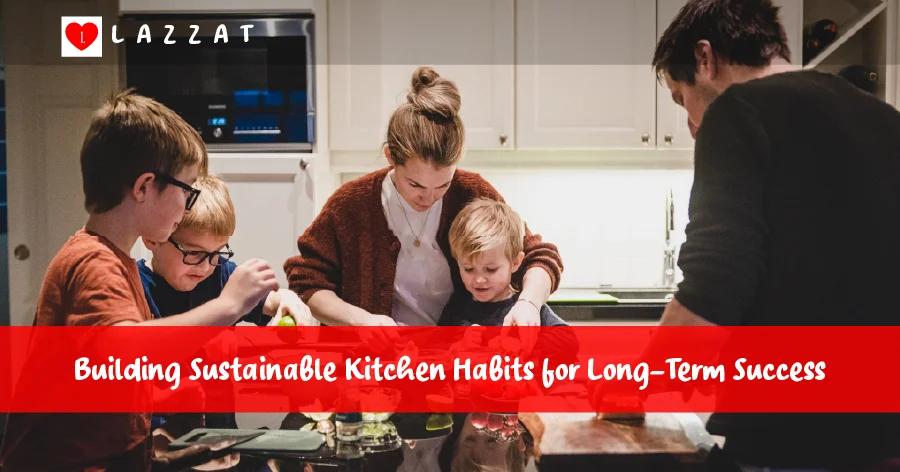
Conclusion
Creating a non-toxic and waste-free kitchen is definitely possible. You can make your kitchen safe and eco-friendly by following seven key steps. These include using safe cookware, natural cleaning products, and choosing sustainable food storage.
Living sustainably in the kitchen is good for you and the planet. It also lets you make a difference in your community. Small actions can lead to big changes, like reducing waste and inspiring others to be more eco-friendly.
The path to a greener kitchen is continuous. Keep looking for new ways to improve your kitchen. Stay updated on sustainable trends and make these habits a part of your life. This way, you’ll help create a better world for now and the future.
Also Read:
FAQs
How can I transition to a zero-waste kitchen?
Start small by reducing single-use plastics, composting food scraps, and buying in bulk. Gradually implement more zero-waste practices like using reusable containers and cloth napkins.
What are the health benefits of a non-toxic kitchen?
A non-toxic kitchen can reduce exposure to harmful chemicals, leading to improved respiratory health, reduced risk of allergies, and a healthier overall environment for you and your family.
How can I create a minimalist kitchen?
Declutter your kitchen by removing unnecessary items. Organize your space efficiently, and prioritize multifunctional tools. Opt for simple, clean lines in your kitchen design.
What are some eco-friendly alternatives to plastic wrap?
Consider using beeswax wraps, silicone stretch lids, or glass containers with lids. These alternatives are reusable, durable, and free from harmful chemicals.
How can I reduce my carbon footprint in the kitchen?
Choose locally sourced and organic foods, reduce meat consumption, and minimize energy usage by using energy-efficient appliances. Proper food storage and composting also contribute to a lower carbon footprint.




